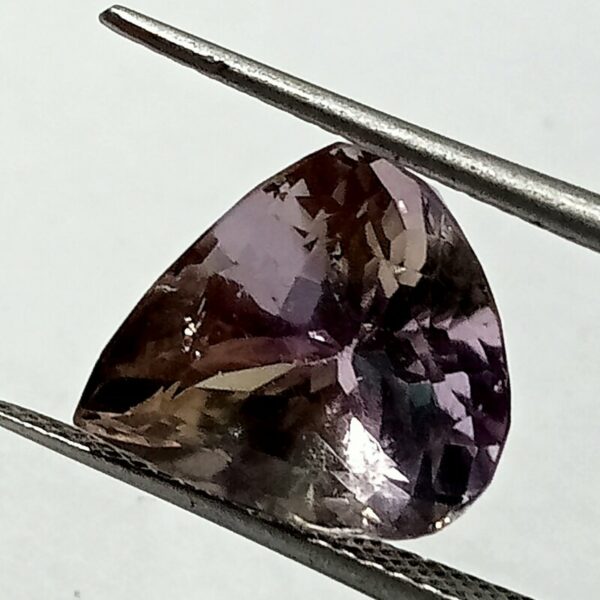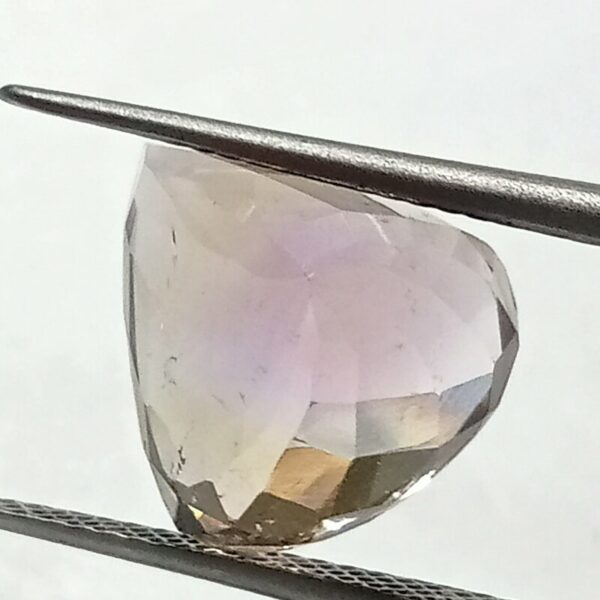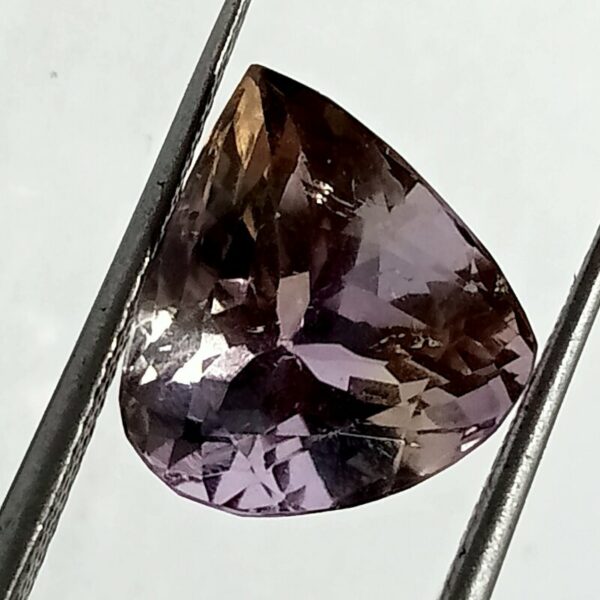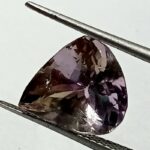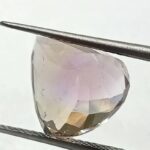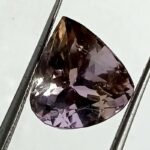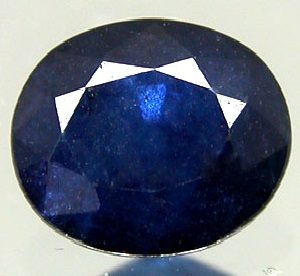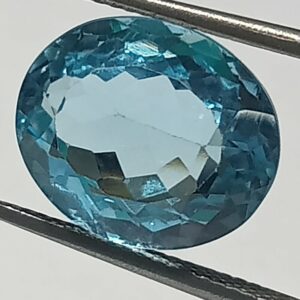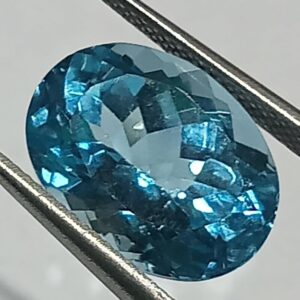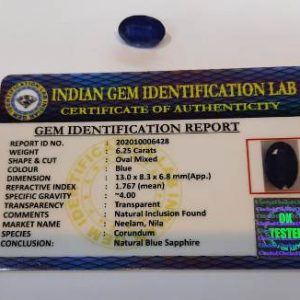Original And Natural Ametrine Stone – 8.03 Carat With Lab Tested Certified – Mantrit (Energized)
₹1,451.00 inc.GST
- Ametrine is a natural quartz variety displaying a captivating blend of amethyst and citrine colors in a single gem.
- The striking color variations in ametrine are attributed to differing oxidation states of iron formed during crystal growth.
- While most ametrine in the low price range is synthetic, Bolivia is renowned for producing the genuine, naturally occurring ametrine gemstones.
- Legend has it that ametrine was introduced to Europe as a gift to the Spanish Queen by a conquistador who received a Bolivian mine in a dowry.
- Ametrine’s unique bi-color beauty and its harmonious energies make it a sought-after gemstone in jewelry and spiritual practices.
- Description
Description
Product Origin : Brazil
NOTE: All images shown are for illustration purpose only. Actual product may vary.
Original And Natural Ametrine Stone – 8.03 Carat With Lab Tested Certified
@180 Per Crt
Ametrine, a remarkable gemstone also known as “trystine” or by its trade name “bolivianite,” is a naturally occurring variety of quartz. Its distinctiveness lies in the captivating fusion of amethyst and citrine, with distinctive zones of purple and yellow or orange. The mesmerizing beauty of ametrine is closely associated with its formation, where almost all commercially available ametrine is exclusively mined in the exotic landscapes of Bolivia.
Ametrine, with its intriguing history and distinctive beauty, continues to captivate gem enthusiasts and collectors alike. Its blend of amethyst and citrine, harmoniously coexisting within a single gem, makes it a truly unique and enchanting addition to the world of gemstones.
It’s worth noting that artificial ametrine can also be created through a process of differential heat treatment applied to amethyst crystals. This technique allows skilled artisans to replicate the natural beauty of ametrine, although it may lack the distinct characteristics of its naturally occurring counterpart.
Ametrine’s rich history is steeped in legend and intrigue. According to one captivating story, ametrine made its way to Europe when a conquistador presented it as a gift to the Spanish Queen. The conquistador received a mine in Bolivia as part of his dowry upon marrying a princess from the native Ayoreos tribe. This enchanting tale adds an aura of mystique to this already captivating gem.
It’s essential to note that in the world of gemstones, not all ametrine is created equal. Most ametrine in the lower price segment can be assumed to stem from synthetic materials. Since 1994, a Russian laboratory has mastered the industrial production of bicolored quartz crystals. These synthetic crystals are later irradiated to bring out the typical ametrine colors. As a result, ametrine with green-yellow or golden-blue hues does not occur naturally, and these colors are typically associated with artificially created specimens.
The captivating colors and zones visible within ametrine gems are a result of the varying oxidation states of iron within the crystal. This stunning play of colors emerges due to a temperature gradient that existed across the crystal during its formation, creating a unique and harmonious blend of purple and yellow hues.

